The captivating scenery of Cua Ha. Photo: Khanh Loc
According to local documents and folklore, before the 16th century, Cam Phong land was still wild and peaceful in the middle of the mountains and rivers. Around the 17th century, some Muong people from Ba Thuoc (old) wanted to avoid the oppression of the local leaders, so they came here to establish a village. Also during this period, some Kinh people from Vinh Loc - folklore said that they were descendants of soldiers who contributed to building the Ho Dynasty Citadel in the past, went up the Ma River to this land to settle down. At first, they lived in Thung Bang, later moved to Phong Y.
Originally a wild and dense land, generations of hard-working people have not been afraid of hardship, fighting wild animals, building peaceful villages. However, it was not until the end of the 19th century and the beginning of the 20th century that this land truly became a place for people from all over. At that time, to serve the purpose of colonial exploitation and governance, the French colonialists opened a route from Thanh Hoa town, through Cam Phong land, up to Ba Thuoc and Quan Hoa districts (formerly). And right in Cam Phong, the French colonialists built military posts for garrison troops, built hospitals, schools...
From here, people from the lowland districts of Thanh Hoa province, some Indians and Chinese people came to Cam Phong to trade, most concentrated in Cua Ha... Cua Ha became a bustling trading town, with boats on the wharf and boats on the river. Cua Ha is not only the economic and social center of Cam Thuy district but also the economic center of the entire mountainous region of Thanh Hoa; it is the gateway to the highlands, all the way to Laos and to the plains of Thanh Hoa.
During the resistance war against the French colonialists, the Cam Phong area on the Ma River became an evacuation site for people from the northern provinces. And when the resistance war won, many people chose to stay in the villages on Cam Phong land.
Originally a land where people from all over the world lived together, Cam Phong's villages were brought diversity. This was not only in cultural life but also in thinking and economic practices. If the first generations of people who came to this land had the merit of opening mountains and establishing villages, then later, people from all over the world, when coming to Cam Phong, brought with them production experience, handicrafts, trading thinking... Together, they turned Cam Phong into a vibrant land, developing prosperously for a long time. Until today, the names Cua Ha and Phong Y in Cam Phong are still evocative place names.
When mentioning Cam Phong with Cua Ha wharf, Phong Y village, we cannot help but mention its contributions in the resistance war against the French, especially in the Dien Bien Phu campaign. With convenient transportation, from Cua Ha wharf on Cam Phong land, it is easy to move to the upstream, to the neighboring country of Laos. That is why in the Dien Bien Phu campaign, Cua Ha wharf became the place to gather troops, frontline laborers, food... to serve the campaign.
The elders in the village recounted that in those days, in order to avoid being detected by the enemy, every time night fell, the soldiers and laborers would set out, passing through Cua Ha wharf, their footsteps thundering all night long. The rafts of Cam Phong people would take the soldiers and laborers across the Ma River every night to the front, one unit following another throughout the campaign “season”.
Also during the Dien Bien Phu campaign, Cam Phong people joined forces and contributed manpower and resources to serve the front line. In addition to the army, hundreds of Cam Phong people participated in the front line laborers, transporting food and ammunition. In addition to bamboo boats, bicycles were one of the means of transport that Cam Phong people mobilized to the maximum to serve the resistance.
Through the two resistance wars against France and the US, through the ups and downs of time, the land of Cam Phong in the past - now belonging to Cam Thuy commune with the wharves and boats, bustling trade in the past has also changed a lot. Standing on the large bridge over the Ma River looking at Cua Ha wharf, Cua Ha cave, Mr. Do Van Dung, Party Cell Secretary, head of Cua Ha village, Cam Thuy commune, shared: "Time makes many things change and so does this place. 70, 80 years ago, Cua Ha wharf was much different than today. However, the marks and contributions of our ancestors, or the names and places of this land have become an indelible part of memory, a source of pride for the next generations".
Khanh Loc
The article uses content from the book History of Cam Phong Commune Party Committee, Culture - Information Publishing House - 2013.
Source: https://baothanhhoa.vn/tren-dat-cam-phong-258246.htm


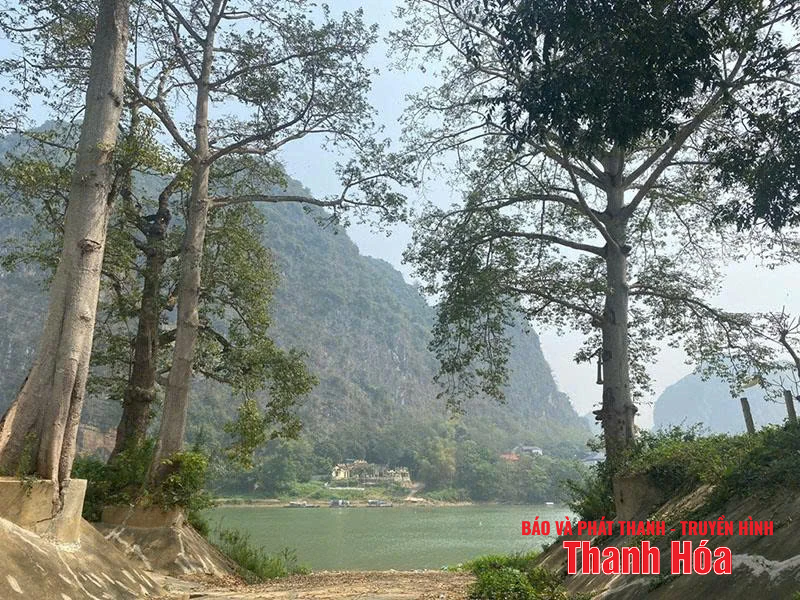






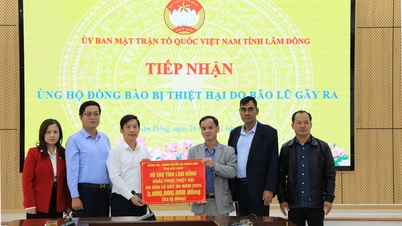

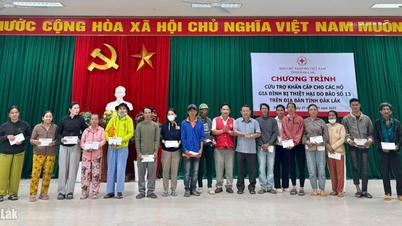

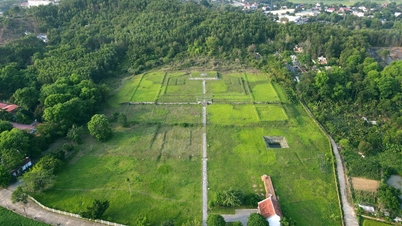

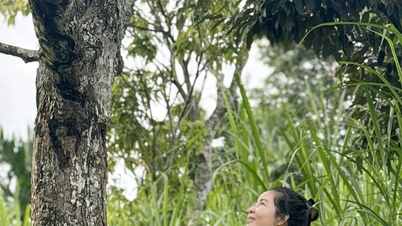



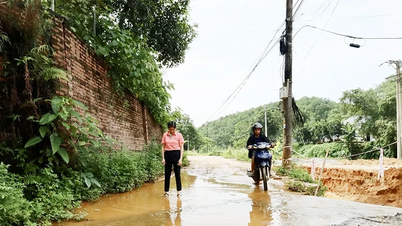

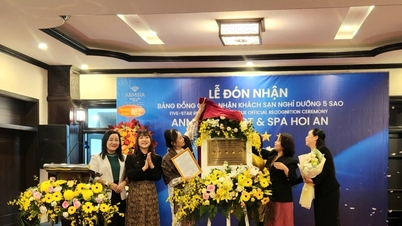


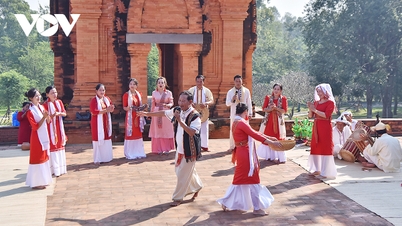

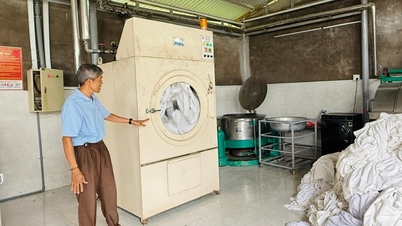
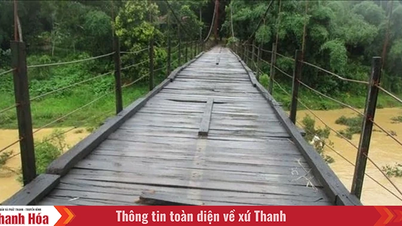




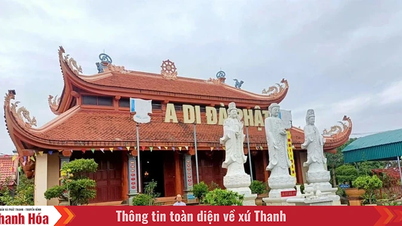

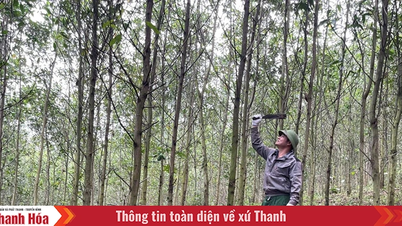
![[E-Magazine]: Finding myself in very small peace](https://vphoto.vietnam.vn/thumb/402x226/vietnam/resource/IMAGE/2025/11/28/1764333365098_e-magazine-thay-w1200t0-di2547d199d5095751t11920l1-tmgby-011.webp)
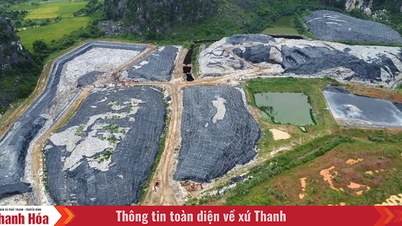

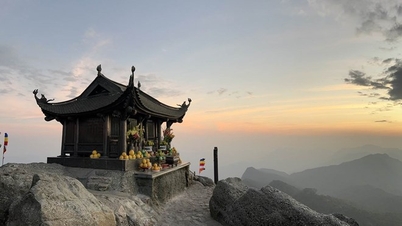

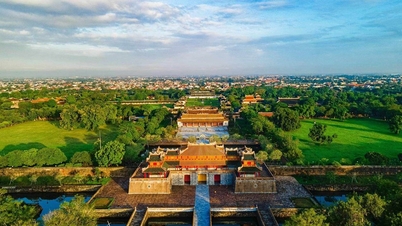

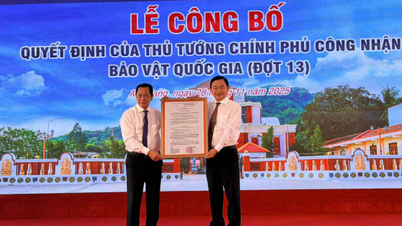

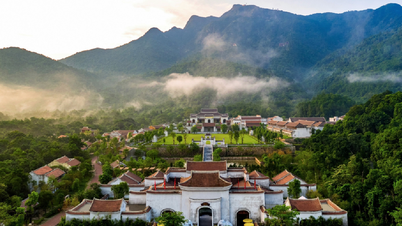

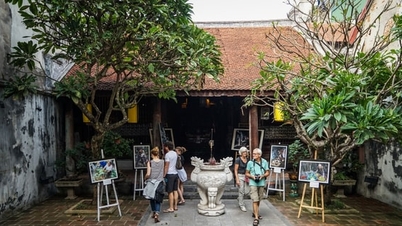

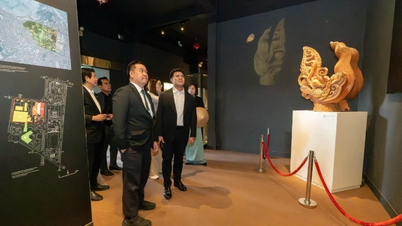





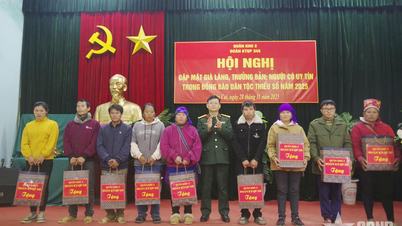

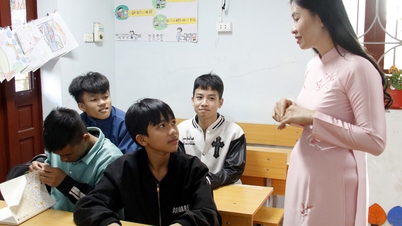












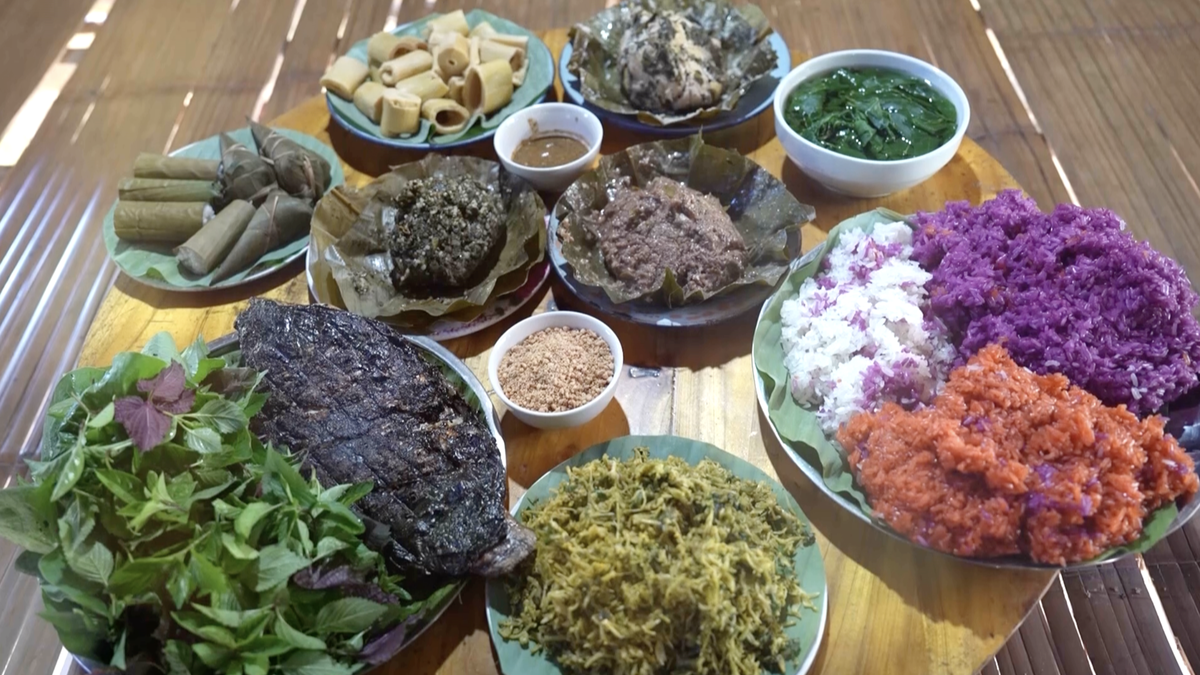
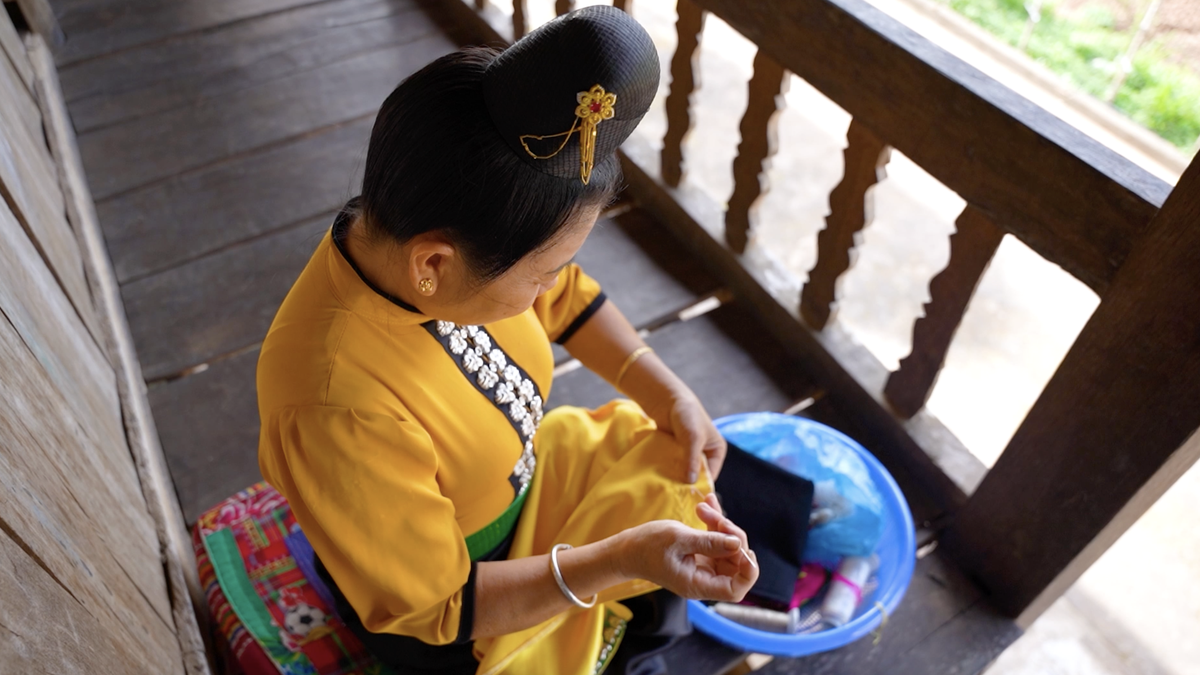

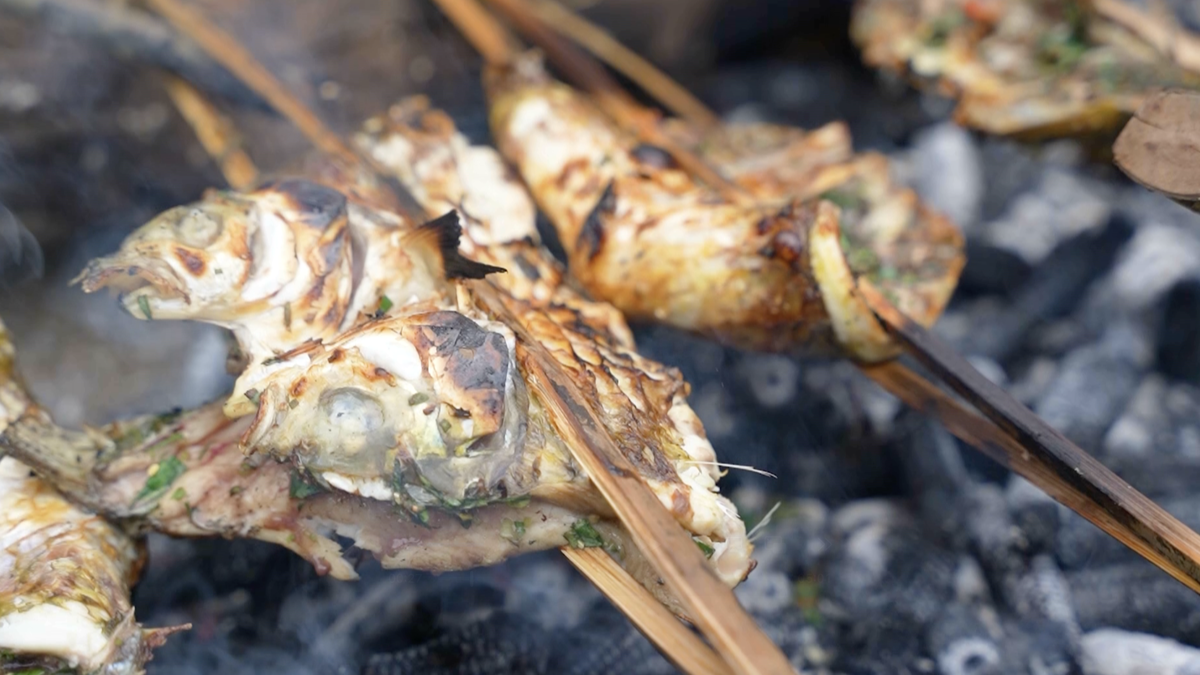
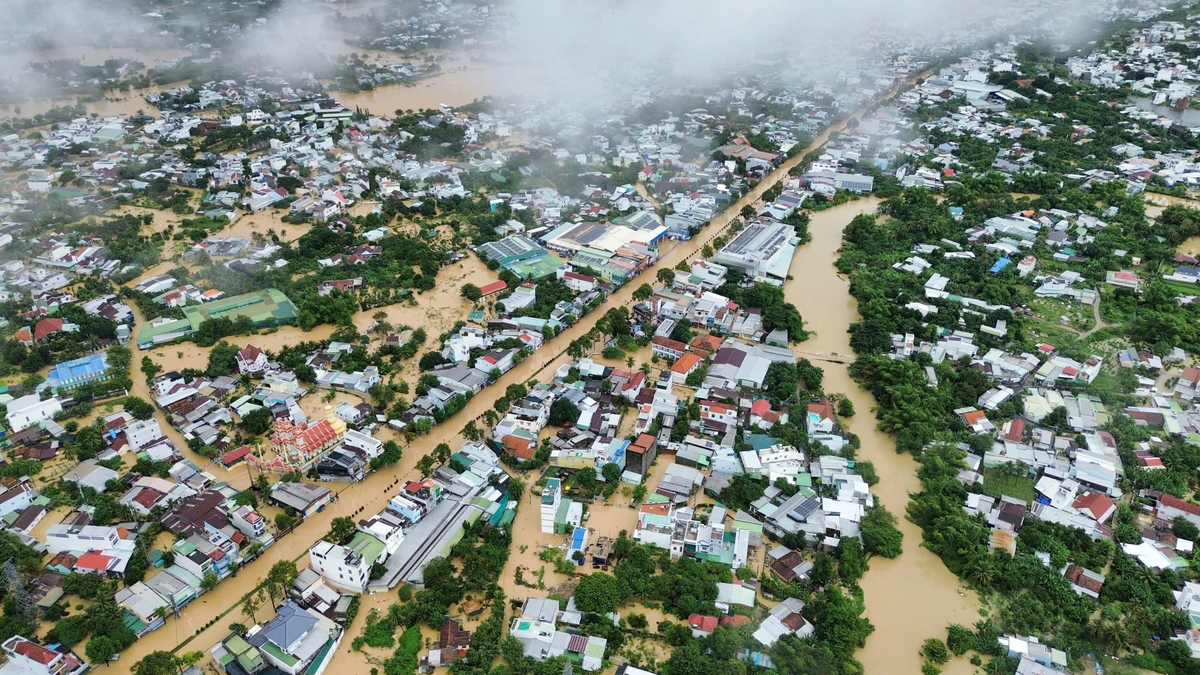
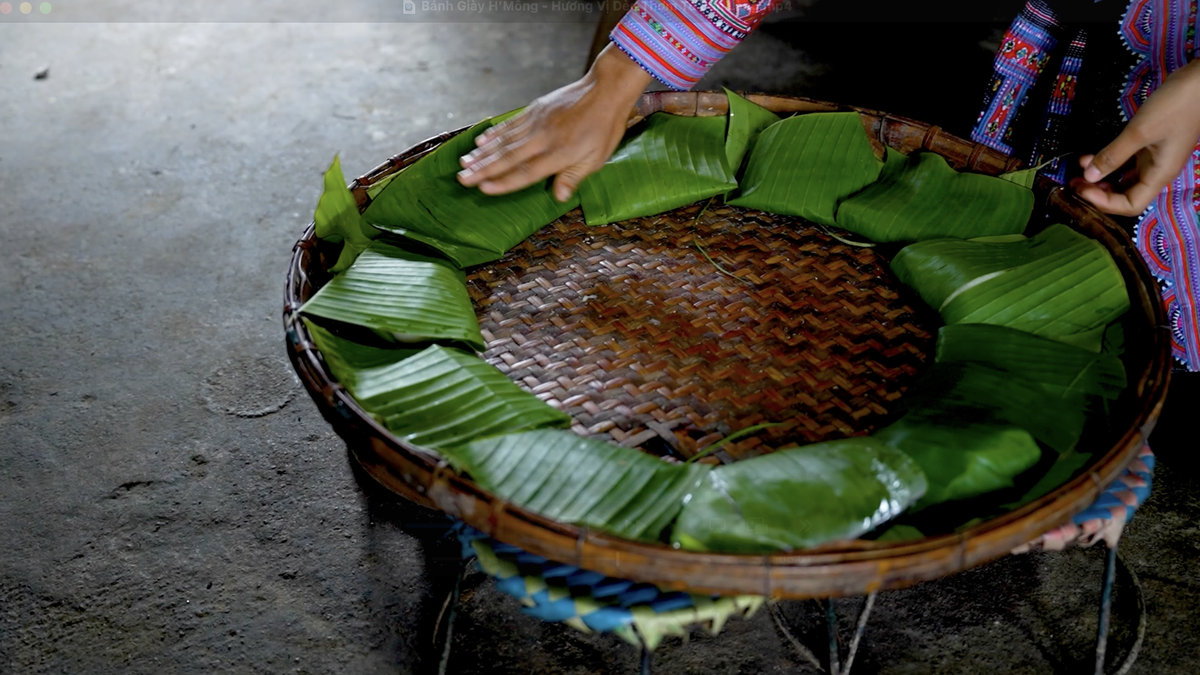
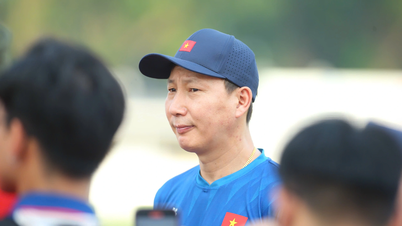










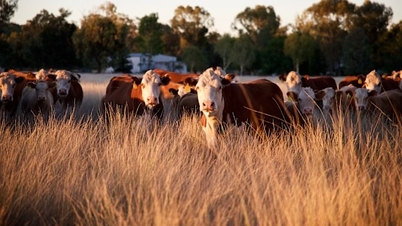






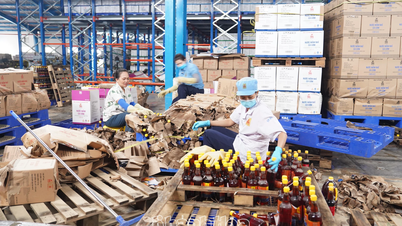


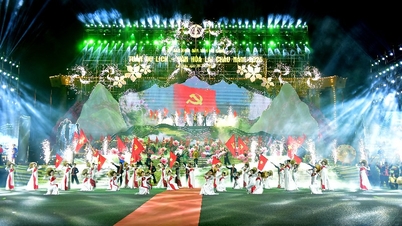





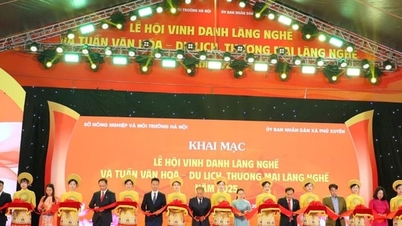








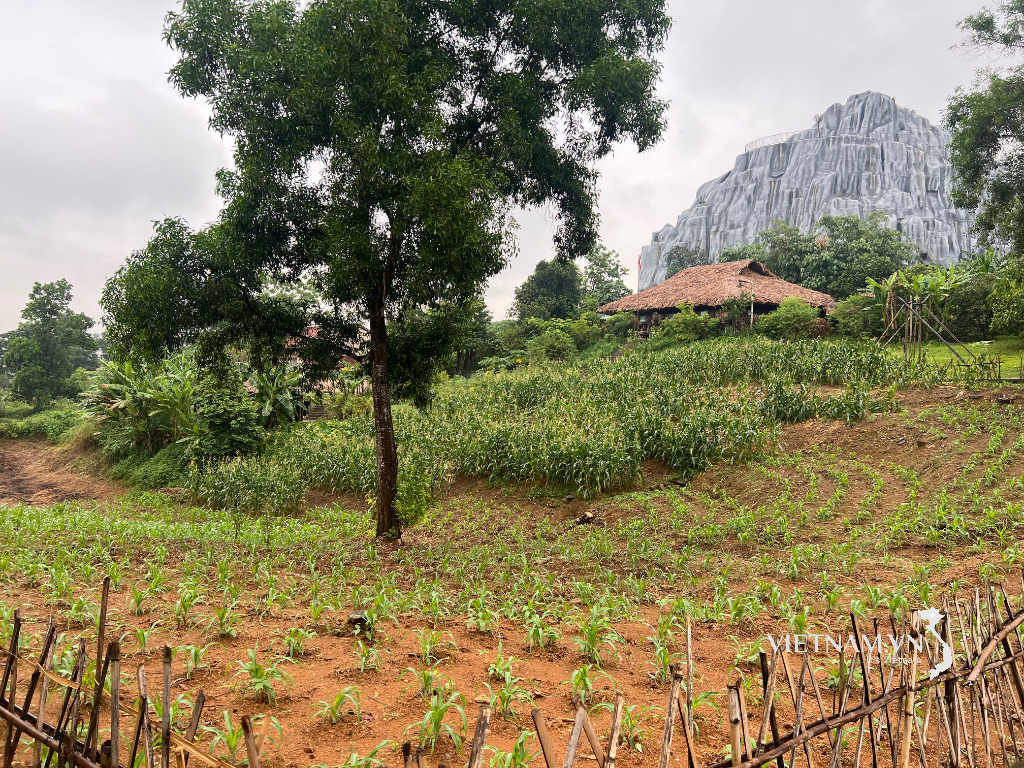
Comment (0)